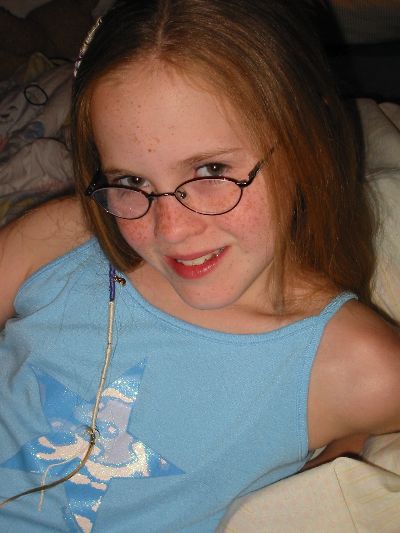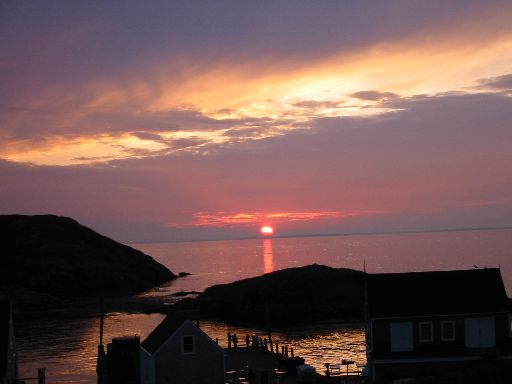
Balloons in Phoenix, AZ, ©2001 James J Dempsey, Canon D-30, 24-85mm Canon USM

Time-stamp: <2003-02-16 21:57:03 jjd>
Lots of people have been asking me for advice on how to choose a digital camera. Rather than having to make up a new recommendation email each time, I decided to put this information into a web page.
There are other people who have written similar articles on how to choose a camera. Some of those articles are better than mine. One of those that is better is from photo.net. Also, be sure to read the reviews at my favorite digital camera news sites: DPReview.com and DCResource.com. There's lots more information there than I could possibly provide here.
There are a few questions you have to ask yourself before you start:
You can imagine a three dimensional space with each of these attributes on a different axis and each camera being a point in that three-space.
Let's examine each of these questions in more detail.
There is a wide spectrum here. The cheapest point-and-shoot digital cameras are perhaps $200, while the best digital SLRs with a few lenses might be over $10,000.
About $300 buys you a point and shoot with few manual controls that takes pictures that are plenty good for 4"x6" prints. If you spend around $500, you can get a really nice point & shoot that takes pictures sharp enough to print 8"x10" photos and with lots of manual controls. $2000 buys you an interchangeable lens digital SLR (with no lenses.)
The more you spend, the more megapixels you can have. More megapixels approximately translates into sharper pictures and the ability to print larger prints. It also allows you to crop your photos more and still be able to make reasonable prints.
2-Megapixels is a minimum these days for any camera that isn't embedded into your cell phone or camcorder. With 2-Megapixels you can print pretty good 4"x6" prints.
3-Megapixels is OK for an 8"x10", but 4 or 5 Megapixels will be even better. The Canon 1Ds has 8 Megapixels and the Kodak DCS Pro 14n has 14 Megapixels!. This is more than is needed by most hobbyists. 8 or 14 Megapixels should provide enough resolution for professional magazine reproduction!
Some people don't want photography to interfere with their real life. This usually means they don't want to lug around an SLR and a couple lenses. The smaller a camera is, the more likely you will actually be carrying it around when you need to take a picture. But at the same time, the less likely it will have a myriad of features like manual focus or manual exposure adjustment.
The smallest cameras are about the size of a credit card and about a centimeter thick. These offer no manual controls, tiny LCD displays (if any) and are about 2 megapixels. A good example is the Casio Exilim EX-S2. With something like this, you could carry it around all the time in your purse and forget it was there until you needed it.
The next step up is about the size of a pack of cigarettes. These can take very good pictures but still offer few manual controls. The best of this bunch is the Canon S230. My daughter Samantha has an older version of this and we have been very pleased with it.
Slightly larger than this and you can get a 4 or 5 megapixel unit with significant manual control. I would recommend the Canon S45 or the slightly larger and more expensive Canon G3. If these still seem too expensive, consider the 3-megapixel Canon S30 which is operationally similar to the S45, but has a 3 megapixel sensor.
Finally, if you have lots money and don't mind carrying around a few pounds of camera, a Digital SLR with interchangable lenses is the ticket. Don't look any further than the Canon D60 or the Nikon D100.
Well, I've pretty much gotten ahead of myself here, by talking about this in the previous section. There are basically three classes: none, some, and full.
Most tiny point and shoot cameras have none. (Example: S230 above.) The slightly larger, more sophisticated ones have some, which usually means the ability to adjust exposure +/- some number of stops to deal with backlighting conditions or similar. (Example: S30 and S45 above.) Then the larger more expensive models allow full control, including manual focus override and full manual exposure control. (Example: G3 and D60 above). These models typically also allow for the use of a larger external flash unit via a standard hotshoe.
What format of memory card? There are several formats of memory card such as Compact Flash (CF), SmartMedia, Secure Digital (SD) and Memory Stick. My personal recomenndation here is to stick with CF since they are the cheapest per megabyte, have the largest capacities (1GB) and can be used in laptop PCMCIA slots with just a simple extender adapter.
There is nothing wrong with the other formats, but they are less ubiquitous and in the case of memory stick, more proprietary.
How much zoom is enough? As with other issues, this one is a tradeoff. The longer the zoom range, the bigger the lens will be, the less light it will admit (so it will be worse in dim locations) and the more optical compromises the designers will have made with respect to sharpness and distortion. Unless you have a specific need for long telephoto, I would stick with a small zoom range like 2x or 3x.
Consider the maximum aperture of the lens. This will give you better low light performance. You are looking for a small number like f/2.0 instead of a larger one like f/4 or f/5.6. If the lens gives two numbers for the aperture (like "f/2.8-f/5.6") then it means that at one end of the zoom range the maximum aperture is better than it is the other. This means low light performance might be better at the wide angle end than the telephoto end.
Focal Length extremes Rather than just the total zoom magnification (like "3x") also consider the numbers at either end of the range. Two lenses might claim to be 3x, but one will start at a wider angle than the other. Wider angle lenses are important if you are shooting landscapes or interiors. A wide angle will the the smaller number of the zoom range. If the zoom range is something like "35mm-100mm" then the manufacturer is reporting the angle of view in a way that is comparable to 35mm film cameras. Most digital cameras have much smaller sensors than film cameras, so they have much "shorter" lenses fo the same angle of view. Even if the angle of view is similar to a 35mm camera's 35-100 lens, the actual focal length on the digital camera might be more like 7mm-21mm. The values are sometimes reported using either method. So a 3x lens that is 6-18mm will be better at interiors and landscapes than a 3x lens that is 8-24mm.
Viewfinder Type Some cameras don't have an optical viewfinder like a film camera and instead rely on the LCD display for framing. On one hand the LCD is more accurate in showing just what will be in the final image than an optical finder, but I personally can compose images and work faster in an optical finder. I wouldn't buy a camera that only had a LCD viewfinder.
Subject to change The world of digital photography is changing rapidly. If the current date is more than a few months in advance of the date at the top of this page, then some or much of this information may be out of date. Two years ago you couldn't buy a digital camera to rival film cameras and none were credit card size or inexpensive. The quality is going up and the costs are going down. If it is not good enough, or too expensive, wait a few months or a year.
You can buy locally at a brick & mortar place, or online/mail order. Locally will usually be a little more expensive and give you fewer choices. But you will be able to handle and perhaps even try out the camera before you buy. Local prices might not even be that much more than mail order once you consider shipping.
If you are considering buying online, read this cautionary tale. There are a lot of sleazy mail order camera and electronics places out there. Typically, these will be the ones that advertise the best prices. If you aren't sure, stick with somewhere you've done business with before, or where someone you know has sucessfully transacted business.
That said, here are two of my favorite places. Their prices won't be the absolute lowest that you might see advertised, but they will not lie to you and they will deliver what they promise. (Or make it right if they make a mistake.) Consider B+H Photo or State Street Direct. B+H has every photo device known to man available. State Street is in Portsmouth, NH and you might even consider driving there to avoid shipping costs.
My basic advice is that if you choose something from Canon or Nikon or possibly Olympus, you can't go wrong. It will take fine pictures and you will be happy with it. I like Canon because of their use of CF cards and their particular designs. If I wanted a tiny point & shoot, I'd go with the S230. If I wanted something smaller than than an SLR, I'd go with the G3. If I wanted something a little smaller or cheaper, give me the S45 or S30.
What do I have? I have a D-SLR, the Canon D30. The D30 was the 3-megapixel predecessor to the D60. The D60 is rumored to be soon replaced with something new, and I can't wait to see what.
I should probably write a similar page about picking a printer and tips on how to use your camera. The next time someone asks, I will.

| 
|
|
|